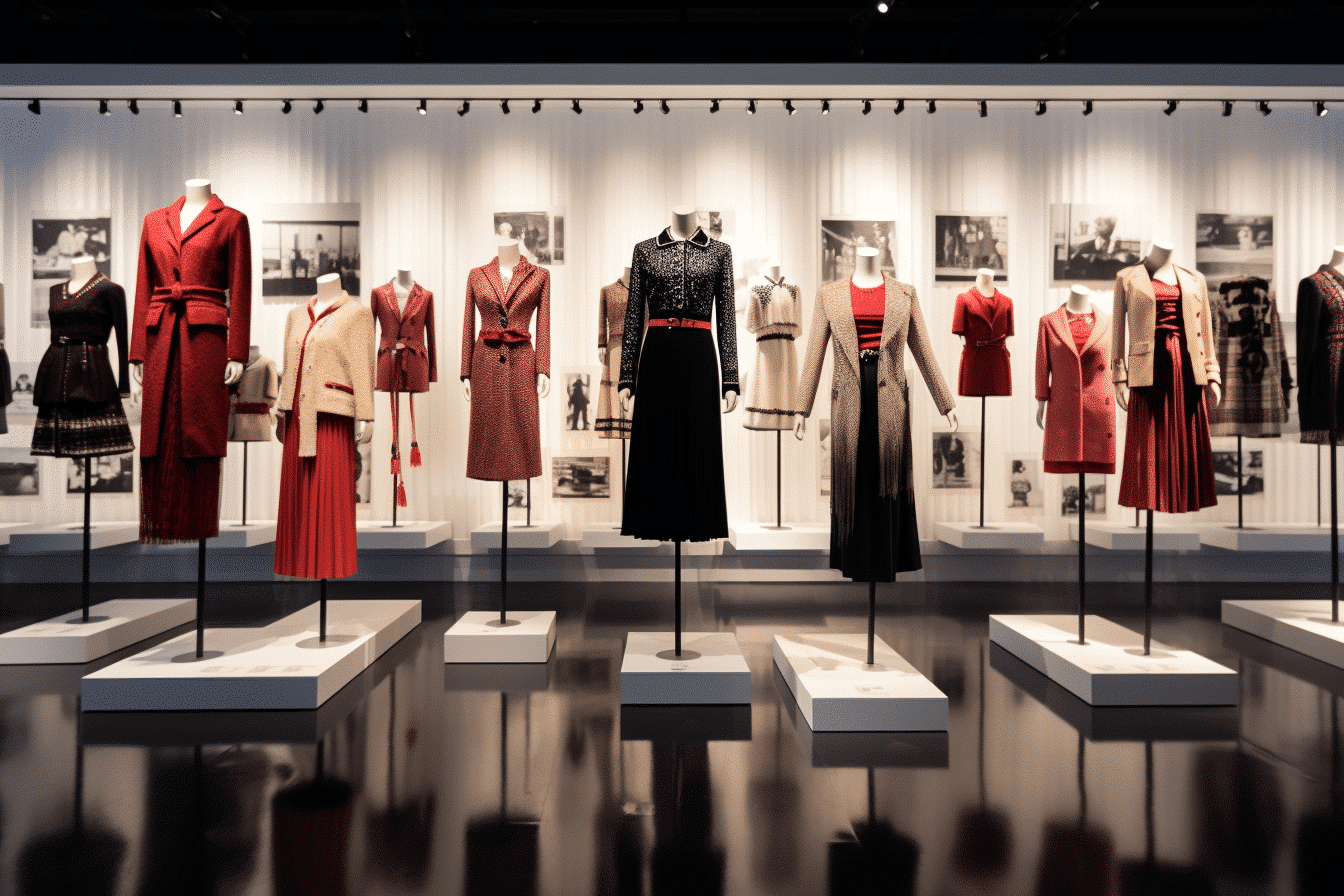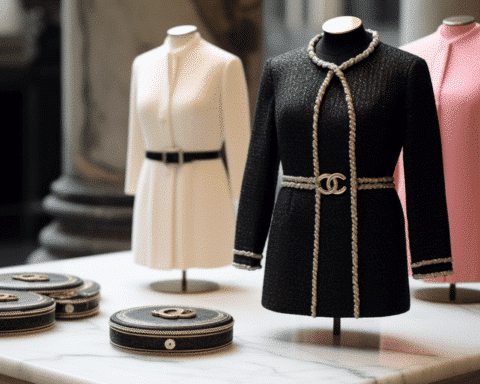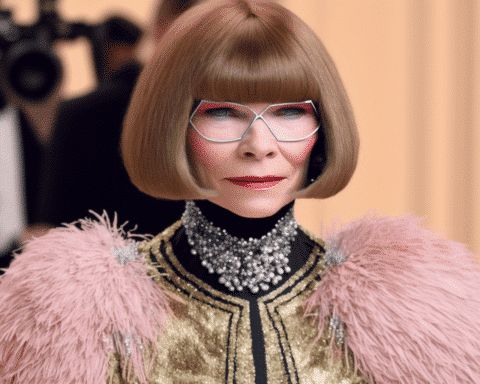London’s prestigious Victoria and Albert Museum is currently spotlighting a name synonymous with timeless style and groundbreaking design – Coco Chanel. The latest exhibition, “Gabrielle Chanel. Fashion Manifesto,” is the UK’s first deep dive into Chanel’s formidable legacy and a vibrant celebration of one of the world’s most iconic fashion brands.
Having employed nearly 28,500 people globally by the end of 2021, Chanel’s imprint on the fashion world is unparalleled. The exhibition brings to life this expansive influence, showcasing about 200 outfits, making it a veritable treasure trove for fashion enthusiasts. The collection ranges from an elegant 1916 collared blouse, one of Chanel’s earliest known garments, to pieces from her final 1971 collection.
The exhibition curator, Oriole Cullen, emphasized that the early works, some over a century old, still resonate with today’s fashion landscape, underlining Chanel’s genius in crafting groundbreaking and timeless designs.
What sets Chanel apart from her contemporaries is her insistence on merging comfort with high fashion. For instance, her 1926 black crepe de Chine day dress wasn’t just a piece of clothing; it became a symbol for the modern woman in the Jazz Age, echoing their independence, strength, and resilience. Furthermore, her androgynous designs, which redefined gender identities in early 20th-century fashion, are still regarded as revolutionary.
But Chanel’s story is not just about clothes. Born in a hospice in Saumur, France, in 1883, her life was marked by early tragedies. After the loss of her mother and abandonment by her father, Chanel grew up in a convent. These early experiences profoundly influenced her designs, especially her penchant for monochrome ensembles. Her personal life also affected her work. For example, the much-acclaimed little black dress was born from a profound grief following the loss of her beloved, Arthur ‘Boy’ Capel.
From humble beginnings, Chanel rose to global prominence. Initially carving a niche as a milliner, she transitioned into couture and opened her first boutique in Paris in 1910. Her business acumen shone brightly when she launched her perfume line, introducing the world to the now-legendary N°5 in 1921. Today, her perfume, iconic handbags, two-tone slingback shoes, and innovative costume jewelry are not just products but cultural symbols.
The exhibition doesn’t shy away from the complexities of Chanel’s life. Besides exploring her relationships, including her romance with the Duke of Westminster and friendship with Winston Churchill, the showcase delves into her controversial wartime associations. However, recent discoveries indicate her affiliation with the French Resistance, adding more layers to her multifaceted narrative.
Justine Picardie, who has extensively researched Chanel’s life, notes that understanding Chanel’s intricate life story is crucial to appreciating the depth and beauty of her designs. The Victoria and Albert Museum’s latest offering is a testament to this, ensuring that visitors leave with a sense of Chanel’s style and the story of the woman behind the legend.




